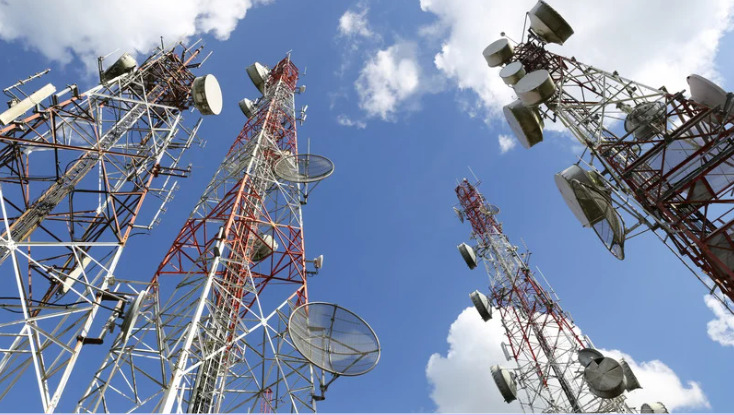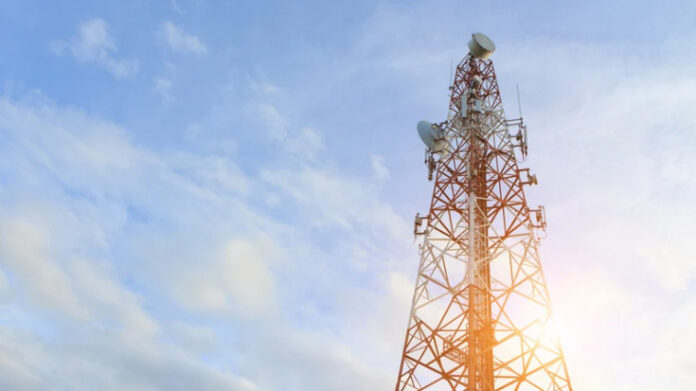Curious about the network infrastructure of US Cellular and whether it uses Verizon towers? Well, let’s dive right in. The answer to this question is a bit complex, but I’ll do my best to break it down for you.
US Cellular operates its own network infrastructure, which includes a combination of their own cell towers as well as agreements with other carriers, including Verizon. While US Cellular does have roaming agreements with Verizon in certain areas where their coverage may be limited, they primarily rely on their own tower network to provide service to their customers.
It’s important to note that even though US Cellular may utilize some Verizon towers for roaming purposes, this doesn’t mean that all US Cellular customers are using Verizon’s network. They still have their own dedicated infrastructure that they maintain and expand upon.
Does Us Cellular Use Verizon Towers
When it comes to understanding the network infrastructure of US Cellular and its relationship with Verizon, there are a few key points to consider. Let’s delve into the details:
- Cellular Towers: Both US Cellular and Verizon rely on a network of cellular towers to provide coverage and connectivity. These towers act as the backbone of their respective networks, allowing for seamless communication between devices.
- Shared Infrastructure: While US Cellular and Verizon operate as separate entities, they do share some network infrastructure, including cellular towers in certain areas. This collaboration helps improve coverage and ensures that customers have access to reliable service in more locations.
- Roaming Agreements: In areas where US Cellular does not have its own towers, it may utilize Verizon’s network through roaming agreements. This allows US Cellular customers to access voice and data services even outside their primary coverage area.
- Independent Operations: Despite sharing some infrastructure, it’s important to note that US Cellular operates independently from Verizon. Each company has its own distinct network management practices, customer support systems, and pricing structures.
- Technology Compatibility: Both US Cellular and Verizon make use of similar technologies such as CDMA (Code Division Multiple Access) or LTE (Long-Term Evolution). This compatibility enables seamless handoff between networks when roaming or transitioning between coverage areas.
- Network Expansion: To cater to their respective customer bases, both US Cellular and Verizon continue investing in expanding their network infrastructure. This includes adding new towers, upgrading existing ones with advanced technologies like 5G, and improving overall coverage across different regions.

The Role of Cellular Towers
Cellular towers play a crucial role in the functioning of mobile networks, including those operated by US Cellular and Verizon. These towering structures serve as the backbone of our modern communication infrastructure, enabling us to make calls, send text messages, and access the internet on our mobile devices.
Here’s a closer look at the important role cellular towers play:
- Signal Transmission: Cellular towers act as relay stations that transmit signals between mobile devices and network providers. When you make a call or browse the internet on your phone, the signal is sent from your device to the nearest tower, which then relays it to the appropriate network.
- Coverage Area: Each cellular tower has a limited coverage area known as its cell. Multiple cells are strategically placed across an area to ensure seamless coverage for users. By overlapping cell coverage areas, network providers can maintain continuous connectivity even while moving between different tower ranges.
- Network Capacity: Cellular towers also facilitate efficient management of network capacity. They handle multiple connections simultaneously by allocating frequency channels to each call or data session. This allows for efficient use of available bandwidth and ensures smooth communication for everyone using the network.
- Backhaul Connectivity: To connect cellular towers with core network infrastructure, high-speed backhaul links are utilized. These connections enable fast data transfer between towers and central switching centers or data centers. Backhaul connectivity plays a vital role in maintaining reliable and high-quality service for users.
- Tower Placement: The strategic placement of cellular towers is essential for optimal network performance. Factors such as population density, terrain characteristics, and existing infrastructure influence tower placement decisions made by network operators like US Cellular and Verizon.


